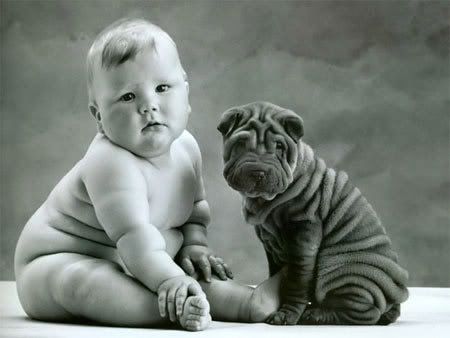So I've had a notion knockin' around in my noggin, and for once it doesn't involve me just regurgitating interesting facts at you. You may have noticed that the title of this post seems somewhat...erratic. Don't worry, we'll clear up that confusion posthaste.
As my fellow Trekkies well know, the crew of the starship Enterprise (my personal favorite was NC 1701-D, but this applies to all) were frequent visitors to new and unknown worlds, many of which happened to have their own suspiciously humanoid* life forms.
Now, those of us who are up to date on our yogurt commercials will also know that the human body, and indeed every multicellular organism we've dared to study, is just brimming with bacteria, viruses, and even a few fungi for funsies. Thusly, it is fairly safe to assume that if we did find other multicellular life, those life forms would probably be teeming with unicellular organisms themselves.
And if in addition to a working knowledge of Star Trek and fermented dairy products you also know that a baby giant tortoise has not been seen in the Galapagos isles for over a century because of rats introduced by humans, then either you see where this is going or you need another cup of coffee!
That's right! I'm wondering why none of the aliens ever get irritable bowel syndrome from being visited by humanity!
Sorry, that might have been too much of a leap. Basically, would we even be allowed on another civilization's planet? Smallpox wiped out the Native Americans, could our microbiota not just as easily massacre innocent Martians? Conversely, perhaps the Martians would inadvertently massacre us!
At the same time, one has to recognize that microbes have evolved to inhabit absolutely every single ecological niche in which earthly life can exist. This raises the point that perhaps there would be no niche for a human microbe to invade on planet Vulcan. They're all full!
I regret to say that I don't have enough frequent flyer miles to get to Romulus right now, so I have no empirical evidence to sway you one way or the other. But maybe this is something to think about when we finally do find our way to the stars.
*If you remember the two part episode in The Next Generation where they explain this, let's be friends.




.png?version=f137a5f6055ba7d8a9b82c4393bad146)
